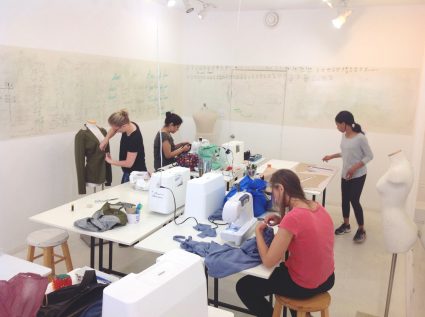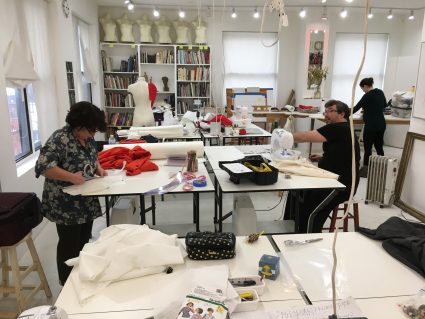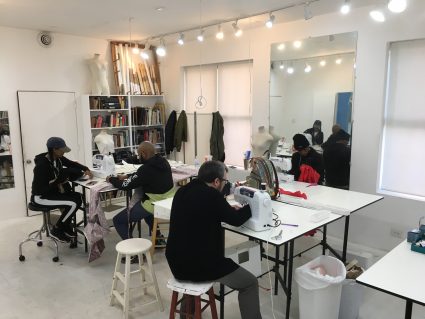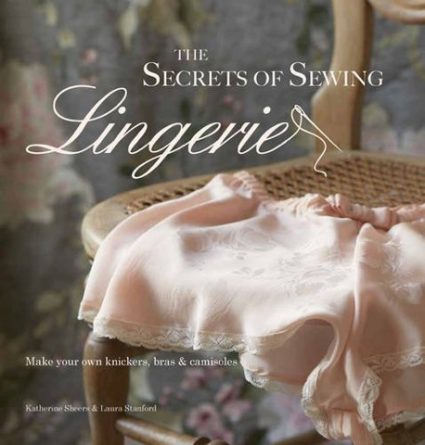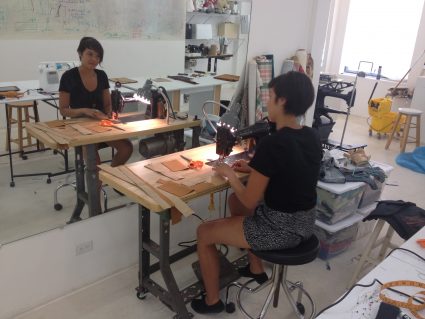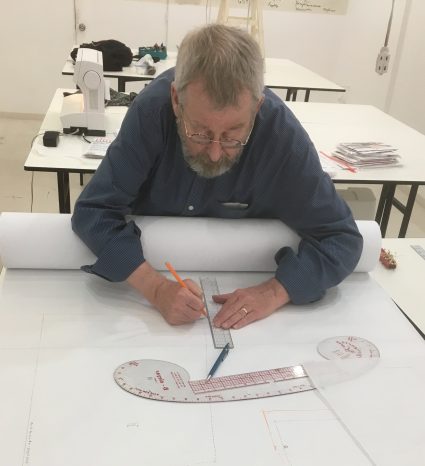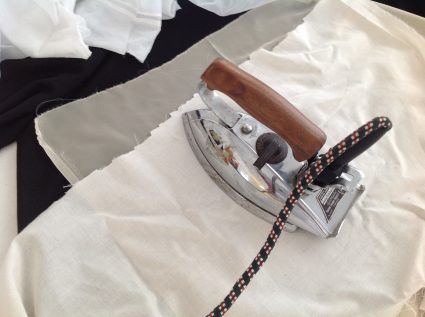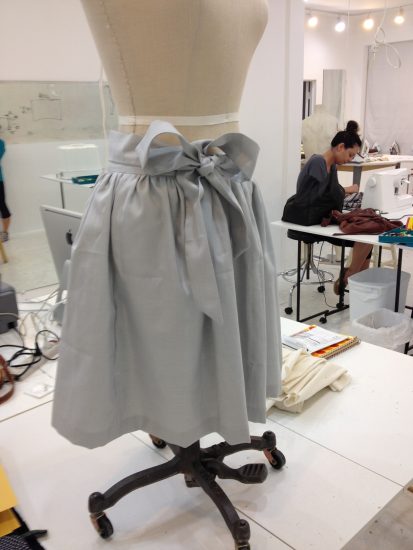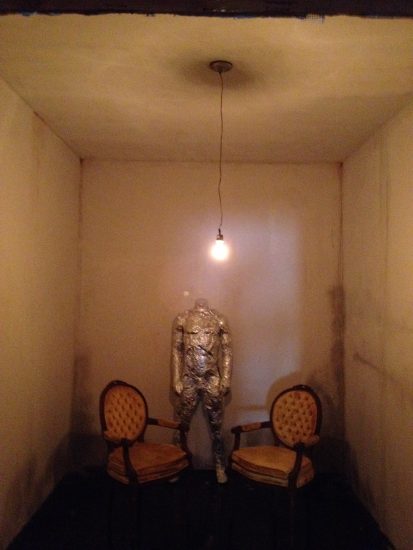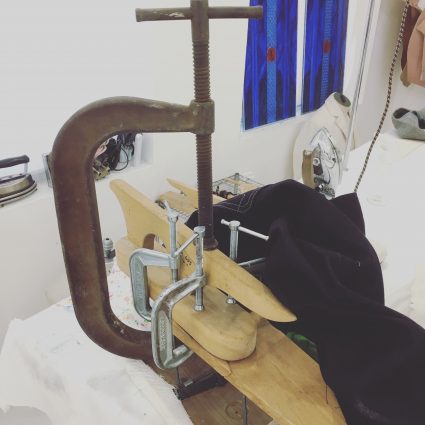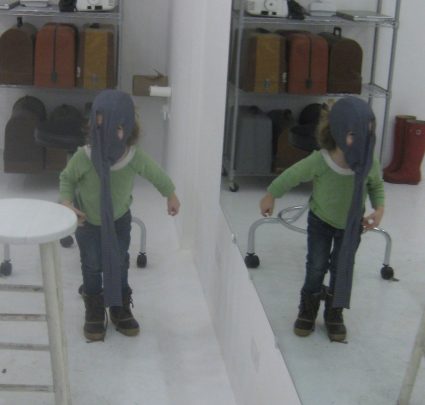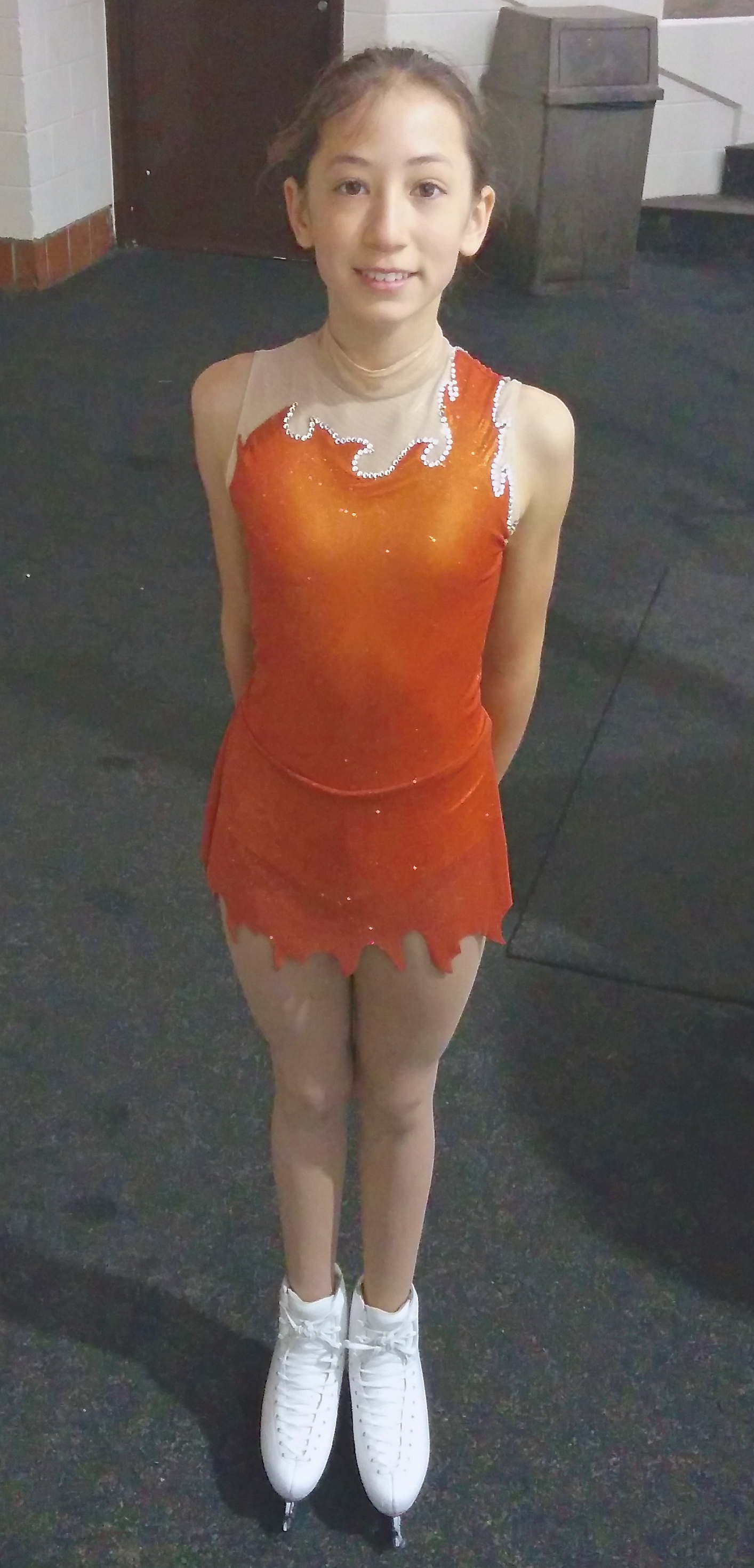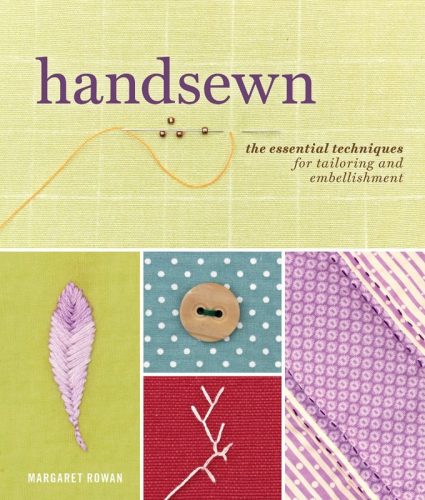Workroom Pictures for You!
We get a lot of folks who’ve found Tchad online or have walked by the workroom and wondered what the space looked like… We are going through what seems like a ton of pictures retrofitting the blog and getting things shipshape, so we thought you guys would like a little show. The rooms are always changing and with each new group of people comes a new sense of what the spaces are and can be:Read More →
